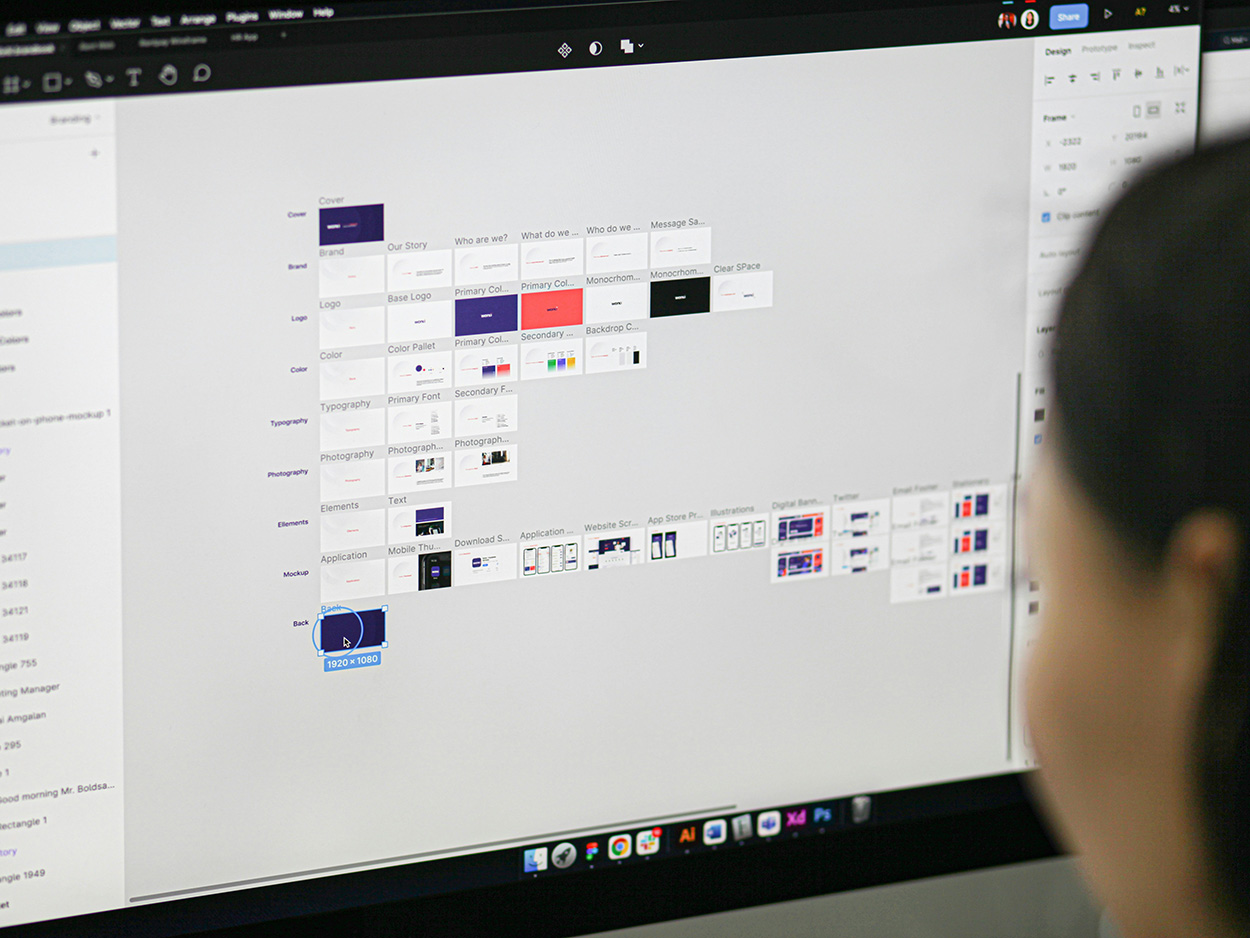
Why Focus on Branding?
A strong brand has consistent voice, allowing your audience to get the same experience across all of the channels that your brand exists in.
Step 1: Define Your Brand Foundation
Outline your brand’s purpose and create a mission statement that outlines the goals and direction of the company. Your core values will help you to identify your target audience and their needs. Once critical thing to do is develop a unique value proposition (UVP) that sets your brand apart. The make-up of your audience will help define the ideal imagery and tone to use when communicating to potential clients.
Another important aspect is to research your competitors and market trends. Find businesses that share similar audiences and learn about their marketing practices. If your competitors have a website, make sure to evaluate the key words and terms they use along with their tone of voice and marketing message. When creating your own brand foundation, focus on your most unique services and build a strategy that sets your brand apart from the rest.
Step 2: Develop Your Brand Identity
After you have created a brand positioning statement that defines your brand’s unique value proposition it is time to refine the brand identity. Your brand identity or logo design will be the first thing many people see, and will be the foundation for your brand. It should emphasize your brand’s core values to connect to your audience. We recently wrote a post about the importance of logo design.
With the logo built, you can begin to to build up secondary assets, such as your color palette, typography choices and supporting imagery that reflect your brand’s personality and reinforce for your brand’s voice, All of these assets should be applied consistently across any marketing channels social platforms you use to create a fully unified brand.
Step 3: Build Your Brand Assets
Design a professional website that showcases your brand’s identity and values. The website can be built on various platforms such as WordPress, Webflow, Shopify, Hubspot or other available options. Along with the website, it is important to create social media profiles that are consistent with your brand’s identity.
Creating a brand style guide is one of the most critical things to develop in this phase. The brand style guide outlines the usage of your brand’s assets so that the logo, color scheme and typography can be used in a consistent way. This same approach should be used for the brand messaging. Make sure that your tone of voice and messaging is seamless across all marketing channels.
Step 4: Establish Your Brand Guidelines
At some point you may need outside designers or developers to further flesh out your brand. It is important to develop a brand guidelines document that outlines the usage of your brand, setting up rules across many different channels and social media platforms, for easy reference so any new assets will fall under the same branding standards. If any sub-brands exist, this information will need to be included as well to properly define the relationship between them, and the parent brand.
To protect all of your hard work, don’t forget to establish trademark policy that protects your brand’s intellectual property and discourage copycats.

Step 5: Craft Your Brand Story and Messaging
Strong branding is more than having nice visual assets, though that is important. It’s also important to develop a strong brand narrative that brings its values front and center. What is the story of the brand? What is your audience seeking, and how you can give them the solution they are looking for?
The brand narrative can expressed in all aspects of the brand from visual to verbal. Use language the resonates with your key demographics and develop a story that will grab their attention. Sometimes brands need a refresh as well. Considering rebranding? We compiled a list of successful rebrands and outlined the items that made them successful.
Step 6: Build a Strong Online Presence
Now that you have a a foundation for you brand, you need to be found. Develop a website that showcases your brand’s identity and values. Use the website to link up all of your brands social media profiles for quick and easy access.
Take some time to research what types SEO practices are used for your specific industry. Use keywords and phrases that are simple and searchable to help boost your search engine ratings.
Step 7: Launch and Promote Your Brand
Once you have established a presence online, it’s time to promote your brand. Post not only on your own social channels, but also communicate across the many different platforms the web has to offer. Know your audience, and let them know what you have to offer whereever they hang out online. Use online directories to expand your reach, and again boost your search engine ratings.
Recently DesignUps completed a total rebranding for our company. Interested in reading about the process and thought that went into it? View more on the DesignUps rebrand.
Step 8: Maintain and Evolve Your Brand
A strong brand is flexible, and able to evolve with changes in the market to stay relevant and competitive. A brand maintenance plan can help to ensure consistency across all marketing channels.
A brand should be able to move with the market organically, and as time passes you may need to update services, shifts in your core audience may happen, and technologies will inevitably change. It is important to keep this in mind and develop a brand innovation strategy so your brand can be updated smoothly. We recently created branding for a Nashville, TN design company which you can review by clicking the link.
Final Thoughts on Effective Branding
Keep track of your brand across all channels measuring the effectiveness of your brand, and tweaking your strategy as needed. Successful brands continue to refine their messaging and communicate clearly. There are many resources online for creating a brand for your company or startup, but sometimes the best option is to invest in a branding agency to help you along the way.


